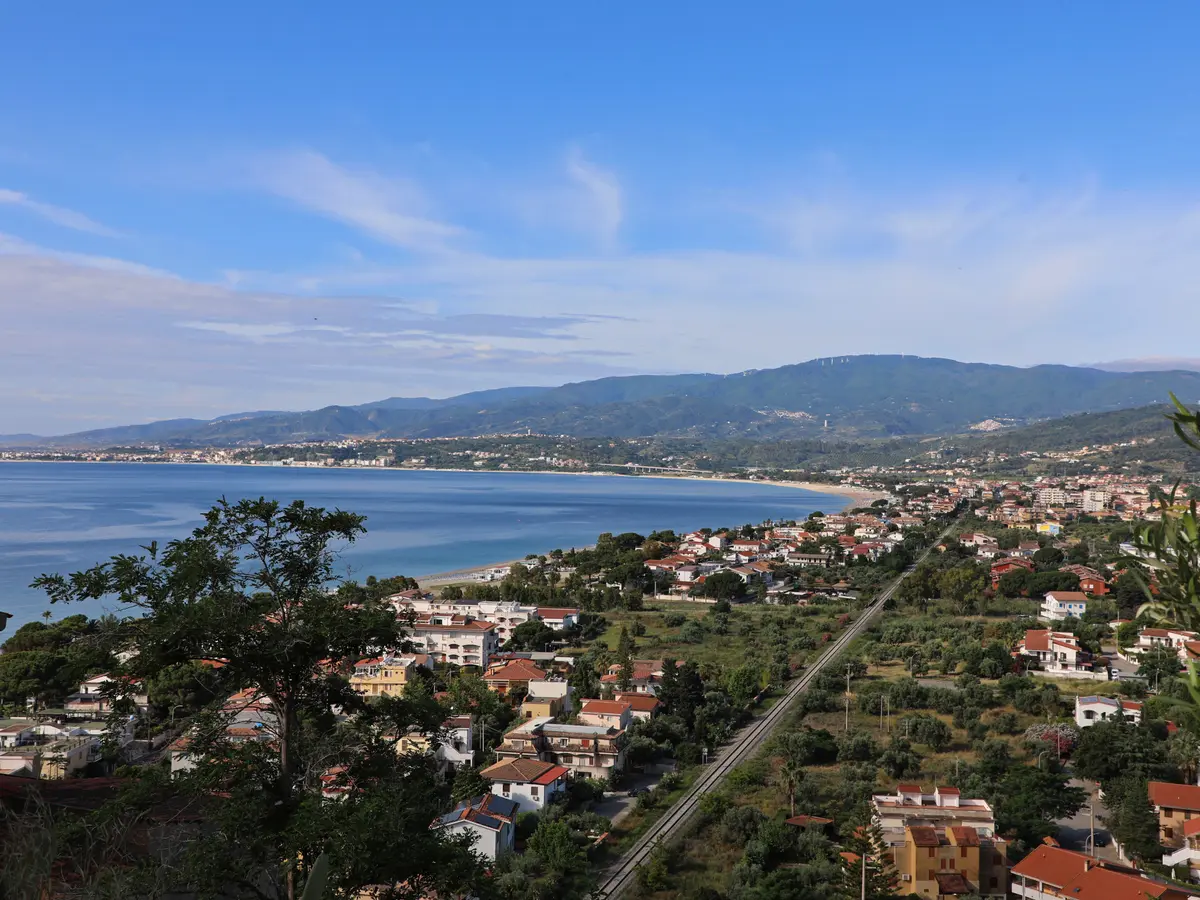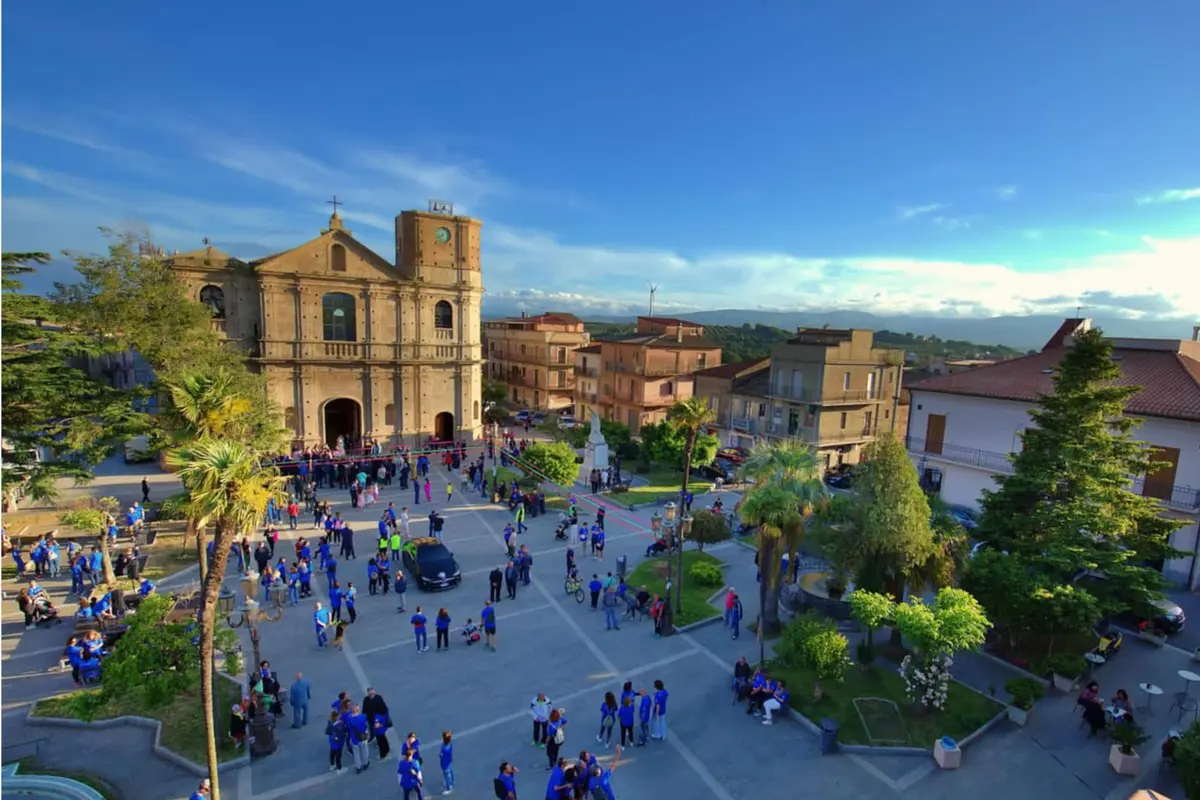Filadelfia
Filadelfia, the utopia of the perfect town

Town
Regione Calabria
The village of Filadelfia, in the province of Vibo Valentia, lies in the hilly area of Piano della Gorna, not far from the WWF Oasis "Lago Angitola" in the Serre Regional Park.
The name Filadelfia and the particular urban layout of the village originate from the pre-existing settlement of Castel Monardo (or Castelmonardo), destroyed by the earthquake of 1783 and rebuilt copying the same layout as the US city of Philadelphia.
The fateful date of the earthquake marks the moment when the survivors abandoned the original site and founded a new city: Filadelfia, 'brotherly love', a perfect copy of the city of the same name designed by William Penn. An orthogonal city, divided into four quadrants with four churches (San Francesco di Paola, San Teodoro, Santa Barbara and Madonna del Carmine) and a large square in the centre. The Ficarazza Fountain, at the entrance to the town, welcomes visitors with its triple pipes and three masks from which water flows (Hate, Love, Oblivion). The urban design of Filadelfia combines Enlightenment and Masonic ideas, participatory democracy (through a special Citizens' Assembly) and clerical principles. The most important public building is Palazzo Quattrocchi, with its large clock, seat of the Town Council.
Among the traditional festivals that make Filadelfia famous, one in particular seems to revive an ancient tradition popular in Castelmonardo: the so-called "Camel Dance" to the rhythm of large drums, on the Feast of St. Francis of Paola (first Sunday in August). Carnival also has its own special significance in the streets of Filadelfia: it is called Carnivaletto and takes place after the official celebrations have ended.
Useful information
What to know about Filadelfia
Events
There are 1 events scheduled.
Where to Sleep
There are 5 available accommodations.
Infopoint Filadelfia
Filadelfia
No result








